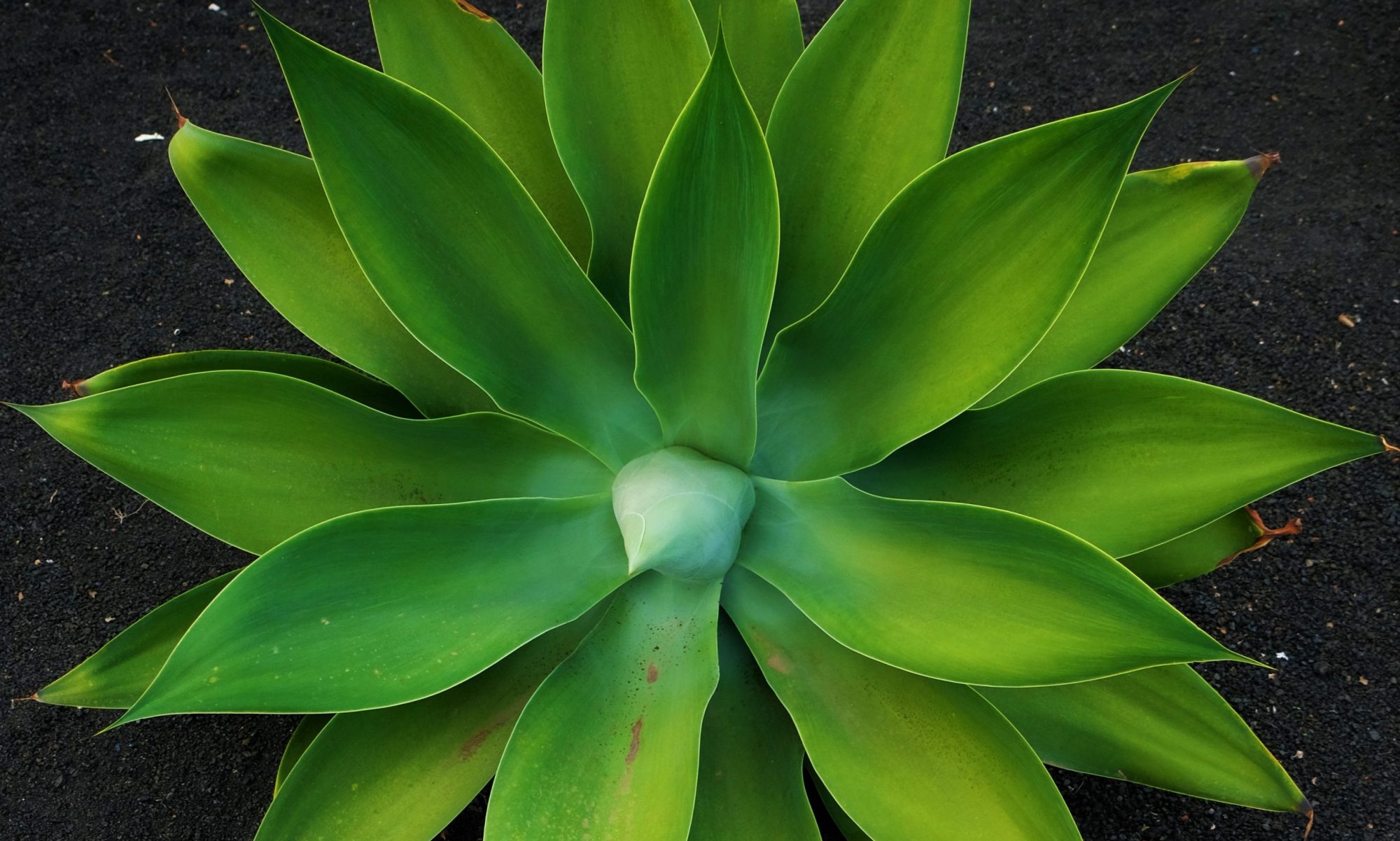[Page under construction, images to follow]
Cellulose nanomaterials are a class of sustainable materials that may be derived from wood, plant, bacterial, and tunicate resources. They are generally divided into two categories: cellulose nanocrystals (CNCs) and cellulose nanofibrils (CNFs). CNCs consist of highly ordered, crystalline cellulose chains with a rice-like morphology (diameter: 3-5 nm, length: 50-500 nm). CNFs are more spaghetti-like (diameter: 5-20 nm, length: 500-2000 nm), with bundles of disordered cellulose chains connecting crystalline regions.
CNFs are generally produced by mechanically degrading cellulose fibers until their dimensions are in the nanoscale. Their surface is often chemically oxidized in order to ensure that they disperse in an aqueous environment. CNCs are most commonly produced by acid hydrolysis, which degrades the disordered regions and results in the formation half-ester groups (typically sulfate, or phosphate) on the surface that enable dispersion.
These nanomaterials have excellent mechanical properties, being similar to Kevlar, as well as being sustainable, biodegradable and biocompatible. As such, despite being not yet being produced at the industrial scale, they are already found in commercial products. These include high-end cosmetics, sneakers and car components.
